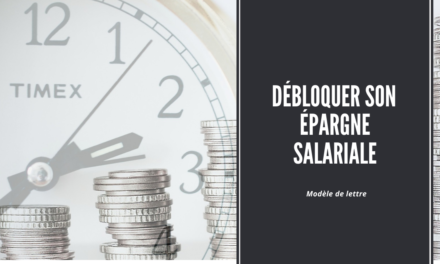As a professional, you are bound to master the techniques of writing. The goal is to get your message across. In reality, working writing is an important part of the communication of a company or any other establishment. One of the best techniques to know if your goal will be reached is to put yourself in the reader's shoes. This process ensures that the recipient does not miss any important element. Ultimately, the idea is to tell yourself that you write better if you know how the recipient will read the document.
The different reading strategies
The human brain has a great capacity for adaptation, which is what makes the professional reader adapt according to the type of document he has in front of him. Thus, the reading can be full or partial.
For the first case, it is much more important to pay attention to all the details because the reader will read word after word. That's a lot of information for the brain, which means you need to be as simple as possible so as not to exhaust your reader. For the second case, the reader makes a selection of information that he considers important and this is what makes the typographic hierarchy major.
In most cases, partial reading is used in the workplace because many do not have the time to read all the documents from start to finish. This is why it is important to put together an important strategy to respond to professional reading.
The strategies of professional readers
There are reading strategies commonly used by many professional readers. So, anyone who produces work writing must integrate them to achieve their goal. These are strategies that allow you to read faster. These are mainly the locating technique and the skimming technique.
Reading in cueing
The cue reading is a partial research reading. It is about proceeding like an explorer who knows exactly what he is looking for. Thus the reader scans all the text at a glance and in a vertical manner. This scan is suitable for columnar texts such as magazines, newspapers, etc.
Reading in skimming
Reading using the skimming strategy promotes a diagonal sweep. The goal is to find useful information. Thus, the eye scans from left to right to locate key words to understand the image of the text. Often times it's a zigzag sweep. Putting keywords in bold can help a lot. Indeed, the big and the bold will guide the reader on the key words of the text.
In addition, a keyword can be a transition sentence, a coordinating conjunction, a punctuation, a new line as well as certain types of expression.
Finally, the reader does not limit himself to the location because he bases himself on it to read in full the points that he considers important.





